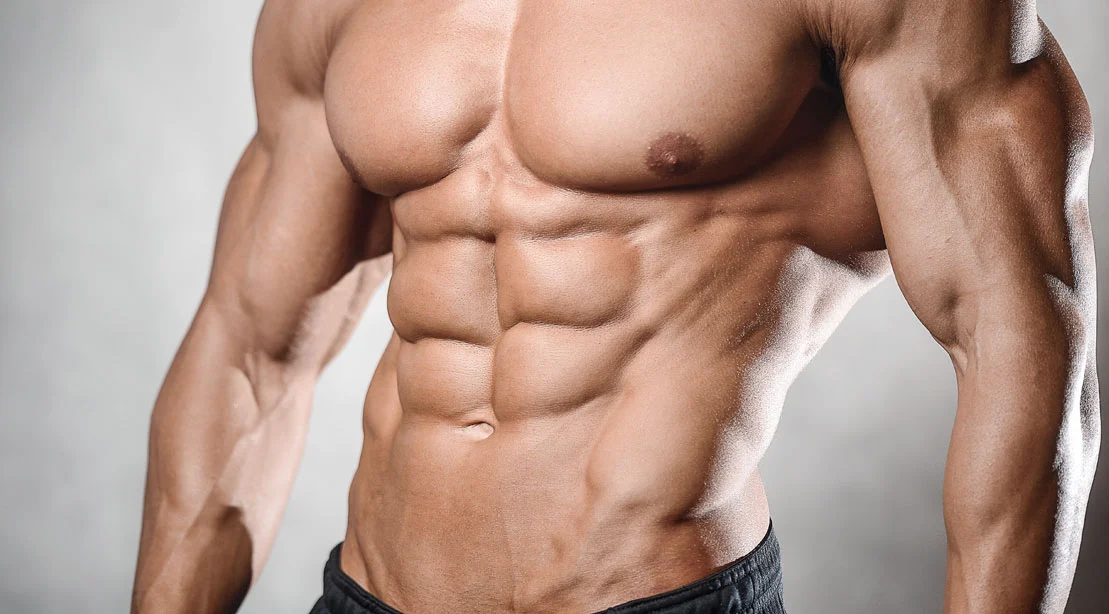
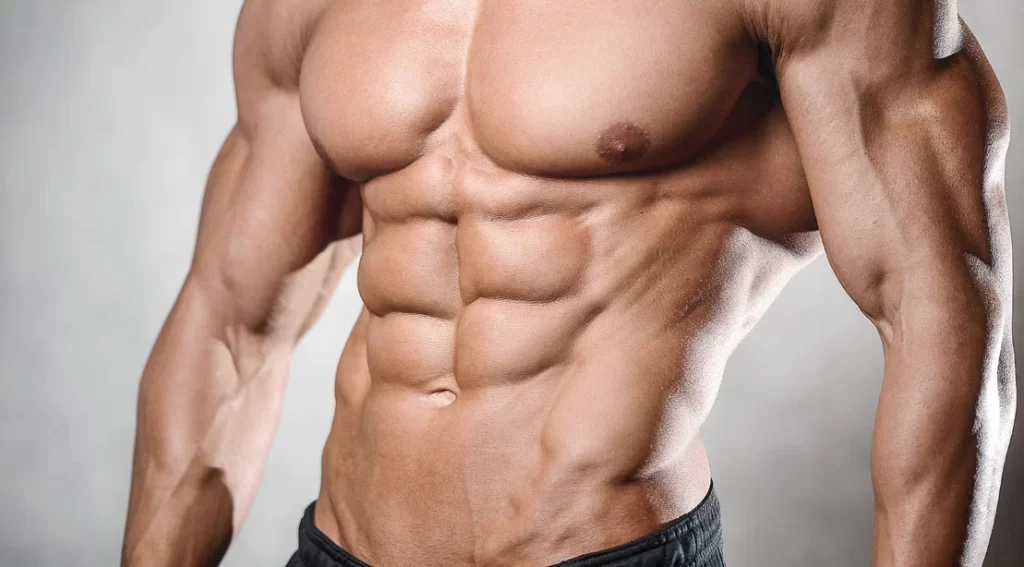
Core training is a fundamental component of fitness, and understanding the science behind it can help you make informed decisions when developing your training program. Here’s an overview of the science of core training:
How To Build Your Own Workout Routine?
- Anatomy of the Core:
- The core is not just the “six-pack” muscles but a complex group of muscles that includes the rectus abdominis, transverse abdominis, internal and external obliques, erector spinae, and the muscles of the pelvic floor. These muscles play a crucial role in stabilizing the spine and pelvis.
- Role of the Core:
- The core’s primary function is to provide stability and support for the spine and pelvis during various movements, such as bending, twisting, lifting, and rotating. A strong core enhances overall functional fitness and reduces the risk of injury.
- Strengthening the Core:
- Core exercises engage these muscles to increase their strength and endurance. Effective core training involves both dynamic exercises (e.g., planks and leg raises) and static exercises (e.g., isometric holds like planks). This combination is vital for comprehensive Abs development.
- Neuromuscular Control:
- Core training enhances neuromuscular control, improving the coordination of muscle groups to support posture and movement. This coordination is essential for optimal athletic performance and injury prevention.
- Spinal Health:
- A strong core is essential for spinal health. It helps maintain the natural curvature of the spine and minimizes the risk of issues like lower back pain or herniated discs.
- Breathing and Intra-Abdominal Pressure:
- The core plays a crucial role in the regulation of intra-abdominal pressure. This pressure is essential for supporting the spine during heavy lifting and intense physical activities. Learning to breathe effectively while engaging the core is vital for strength training and powerlifting.
- Progressive Overload:
- Like other muscle groups, the core muscles require progressive overload to grow stronger. As your Abs becomes accustomed to an exercise, you must increase resistance, time under tension, or the complexity of movements to continue making gains.
- Balanced Training:
- Abs training should be part of a well-rounded fitness program. It complements strength training, cardiovascular exercise, and flexibility work to create a comprehensive fitness regimen.
- Individual Variability:
- Everyone’s core strength and endurance vary, and genetic factors can influence your ability to develop visible abdominal muscles. However, consistent training can still improve core function and stability.
Understanding the science of core training is essential for developing a well-rounded fitness program. A qualified fitness professional or physical therapist can help you design a core training routine that suits your needs and goals while considering core strength and stability principles.
“UNDERSTANDING THE COMPLEX FACTORS BEHIND CLIMATE CHANGE”
While it’s a common myth that there are “9-pack abs,” the human abdominal muscles typically consist of the rectus abdominis (commonly referred to as the six-pack) and the obliques. These muscle groups are responsible for core stability and trunk movement. To develop a well-defined core, including the obliques, you can incorporate various exercises. Here’s a list of exercises that will help strengthen your entire core:

- Bicycle Crunches: Lie on your back, lift your shoulder blades off the ground, and bring your left elbow toward your right knee, extending your left leg.

2. Oblique Twists: Sit on the floor, bend your knees, and lift your feet off the ground. Hold a weight or medicine ball and twist your torso to each side.
3. Russian Twists: Sit on the floor, lean back slightly, and twist your torso while holding a weight or medicine ball.
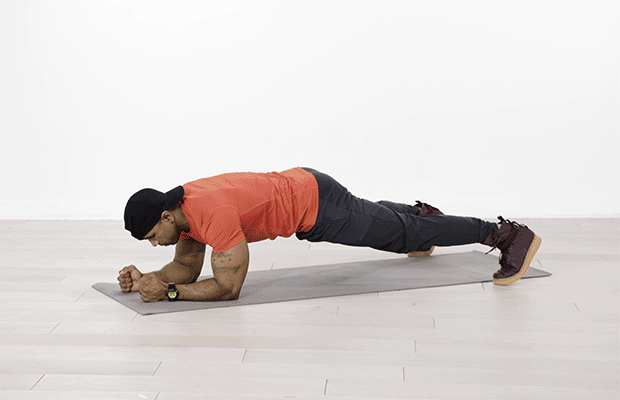
4. Planks:
Standard Plank: Hold your body in a straight line from head to heels, supporting yourself on your elbows.
Side Planks: Lie on your side and support yourself on one elbow, keeping your body straight.
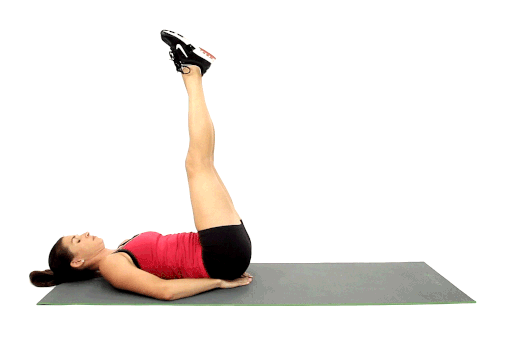
5. Leg Raises: Lie on your back and lift your legs while keeping them straight. Lower them slowly without touching the ground.
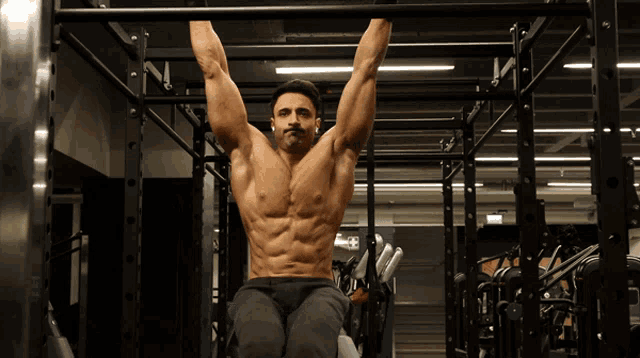
6. Hanging Leg Raises: Hang from a pull-up bar and lift your legs to a 90-degree angle with your torso.
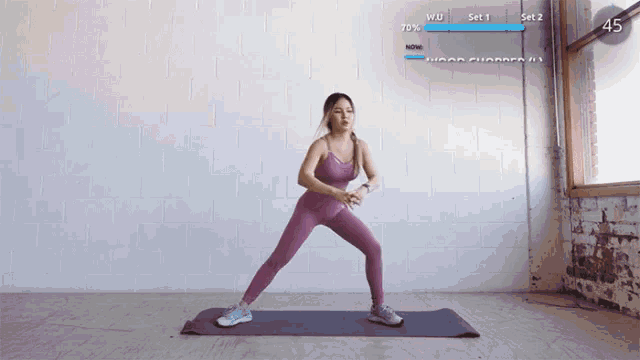
7. Woodchoppers: Hold a weight or medicine ball with both hands and perform a diagonal chopping motion from high to low, engaging your obliques.

8. Medicine Ball Slams: Hold a medicine ball above your head and slam it to the ground, engaging your core.
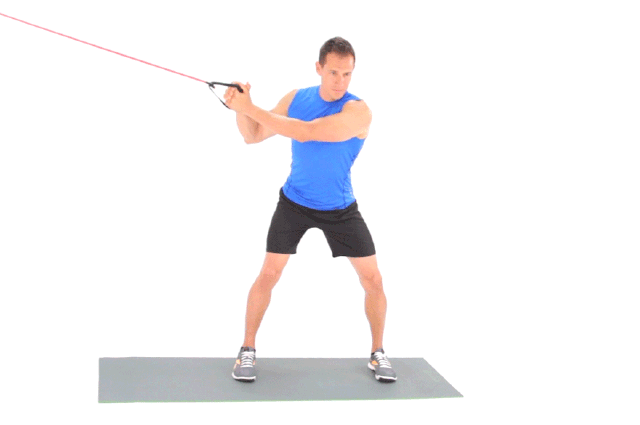
9. Cable Twists: Stand or kneel next to a cable machine with a rope attachment. Pull the rope across your body, rotating your torso.

10. Dragon Flags: Lie on a bench or flat surface and hold onto the edge. Lift your entire body, keeping it straight from head to heels.

11. V-Ups: Lie on your back with your arms extended overhead and your legs straight. Lift your upper body and legs, forming a “V” shape.
Remember, building well-defined abs and obliques requires not only targeted exercises but also a focus on nutrition and overall body fat reduction. To reveal these muscles, you should maintain a healthy diet and engage in cardiovascular exercises to reduce body fat. Additionally, genetics play a role in the visibility of abdominal muscles, so results may vary from person to person.
1 Comment
Comments are closed.
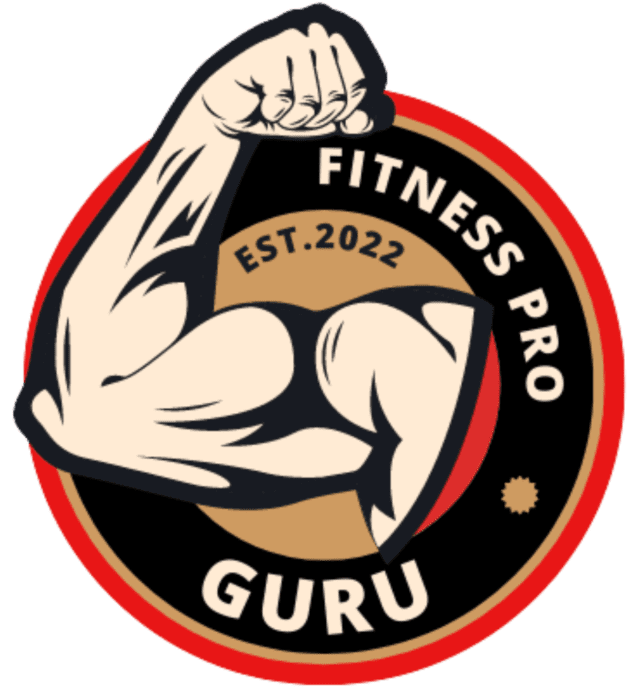



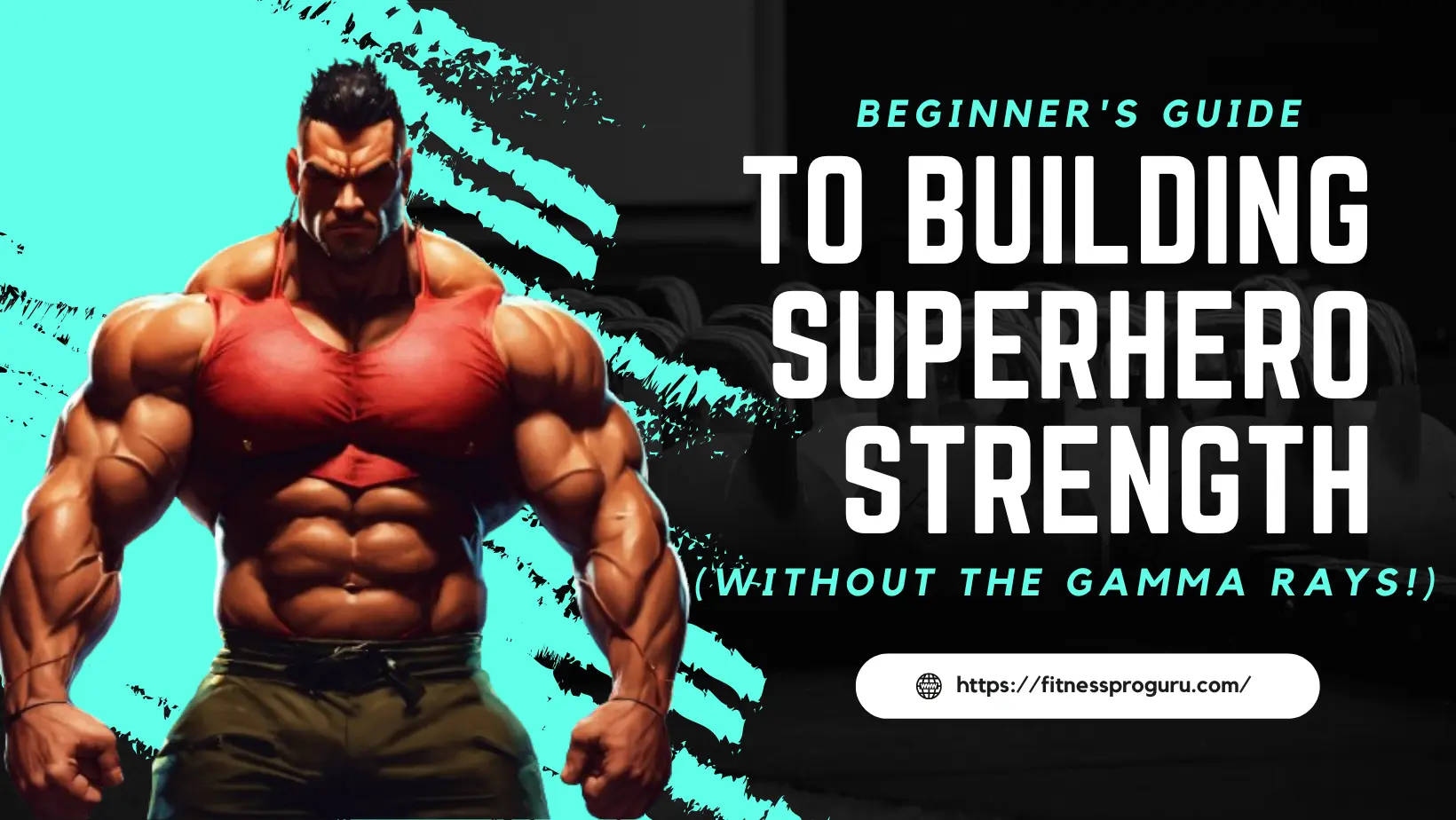



[…] Core training is a fundamental component of fitness, and understanding the science behind it can help you make informed decision […]